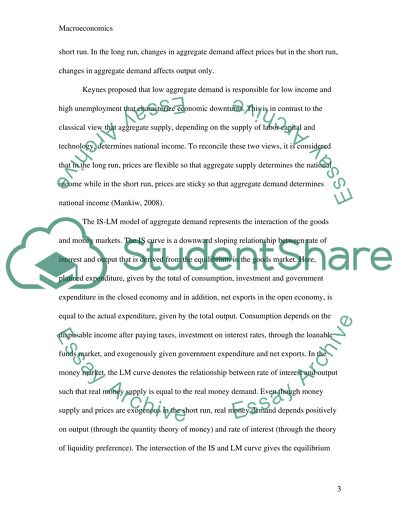Cite this document
(Housing and Monetary Transmission Mechanism Term Paper, n.d.)
Housing and Monetary Transmission Mechanism Term Paper. Retrieved from https://studentshare.org/macro-microeconomics/1511187-macro-economics
Housing and Monetary Transmission Mechanism Term Paper. Retrieved from https://studentshare.org/macro-microeconomics/1511187-macro-economics
(Housing and Monetary Transmission Mechanism Term Paper)
Housing and Monetary Transmission Mechanism Term Paper. https://studentshare.org/macro-microeconomics/1511187-macro-economics.
Housing and Monetary Transmission Mechanism Term Paper. https://studentshare.org/macro-microeconomics/1511187-macro-economics.
“Housing and Monetary Transmission Mechanism Term Paper”, n.d. https://studentshare.org/macro-microeconomics/1511187-macro-economics.


